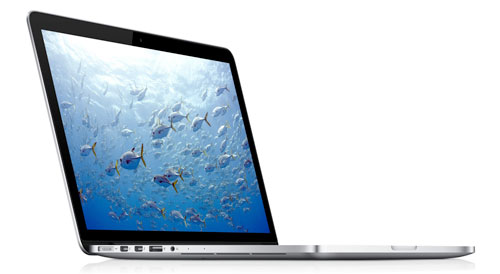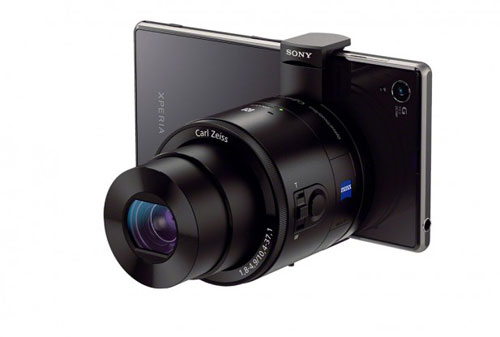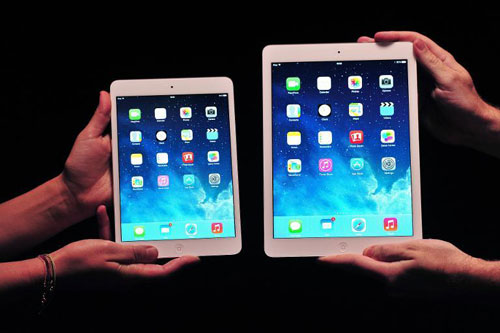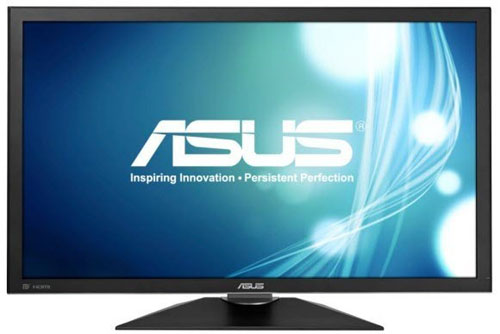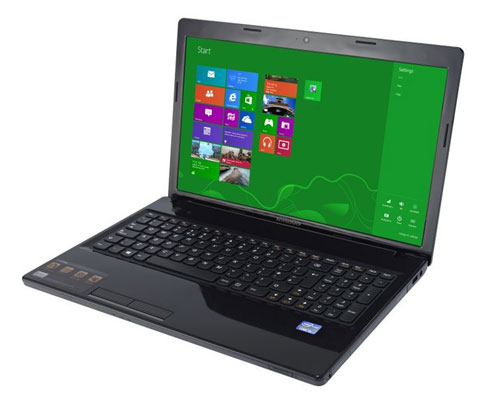A growing number of Late 2013 Retina MacBook Pro owners in Apple Support Communities forum threads are reporting various problems with both the 13 and 15-inch models of the laptop, including lockups with the keyboard and trackpad on the 13-inch version, as well as difficulties installing Windows 8 and Windows 8.1 through Apple’s Boot Camp utility on both models.
According to users in a support thread spanning over 14 pages, the trackpad and the keyboard on the 13-inch Retina MacBook Pro are reportedly locking up at random during use, with a hard reset through the machine’s power button appearing to be the only present solution to the problem. Users are also reporting that a reset of the MacBook’s System Management Controller (SMC) appears to be ineffective, and a small survey of users within the thread show that the problem is affecting all three configurations of the 13-inch model. Currently, it is unknown as to whether the freezes are a hardware or software problem, as Apple has not officially commented on the errors.
Meanwhile, users in another support thread spanning over 8 pages are reporting occassional failures when trying to install Windows 8 and Windows 8.1 on both the new 13 and 15-inch Retina MacBook Pro. The errors appear to be with the partition that Boot Camp creates in order to install Windows 8, as users in the thread have reported freezes and copy errors with methods such as insallation through a USB drive and DVD installation via external SuperDrive.
However, a post in the support thread directing users to select specific options within Boot Camp Assistant has been marked as a solution to the issue, with users reporting successful installations of Windows 8 and Windows 8.1 after using the method. It is also likely that Apple may issue an official EFI update to address these Boot Camp install errors in the near future, as one for the Late 2013 iMac addressing the problem was issued shortly after its release.
Apple unveiled the new 13 and 15-inch Retina MacBook Pros at its media event last week, which were updated with Intel’s latest processors for enhanced performance and significantly improved battery life. Apple also reduced the pricing of the new Retina MacBook Pros by $200, offering the entry level 13-inch version for $1,299 and the entry level 15-inch model for $1,999. The updated MacBooks are available from Apple’s Online Store and at its various retail locations.
Source: www.macrumors.com
